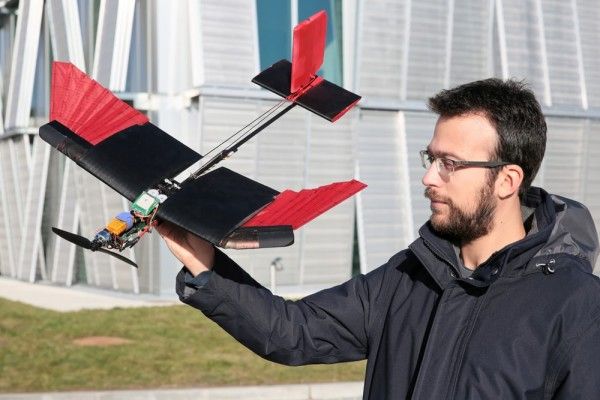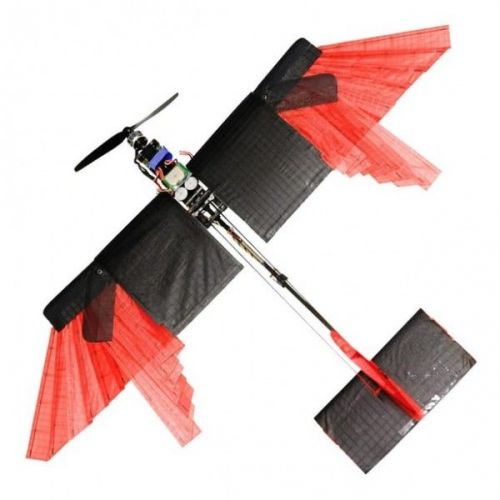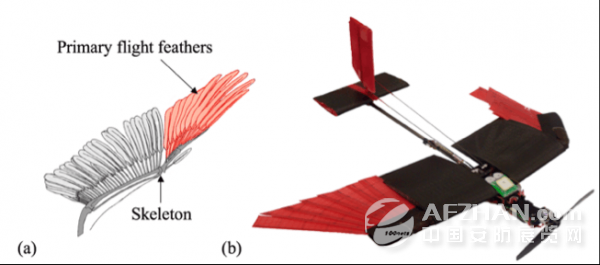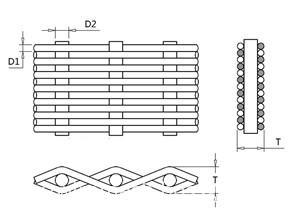Stainless Steel Plain Dutch Weave Mesh, also known as wire mesh, it is
made of high quality stainless steel wire. Similar to plain weave, it is weaved
line by line. But for this kind of Stainless Steel Wire Cloth, the difference
is the diameter of the weft is more thicker than the diameter of the warp. The
weft wire is close together and then form a conical or wedge shaped hole. There
is a big contrast between warp and weft wire diameter and density, so the net
thickness and filtration precision and service life is significantly improved
than common steel mesh. the filtering precision is running cannot be achieved
for plain weave and Twill Weave Mesh screen.
Weaving: There are two kinds of weaving technology of
Dutch woven Stainless Steel Mesh . One is plain Dutch knitting and the other is
twill Dutch knitting. The weaving technology of Dutch woven stainless steel mesh
combines Dutch knitting and twill weaving techniques. The coarser thread
interleaved the finer threads, weaving each thread through the weft. The weft
wire is closely aligned to form a cone or wedge open hole.
Features: Dutch
woven stainless steel mesh features 4 points:
1."Zero"
mesh, the warp wire diameter than the weft to the larger diameter.
2. Each weft is very
tight
3. High precision,
high liquidity
4. Filter more solid
particles than square or rectangular mesh holes
Material: 201,302,304 (L), 310,316 (L), etc
Application: The
Dutch weave Stainless Steel Wire Mesh is one of the best filter medium in
hydraulic system, especially the spatial filtering critical applications, as
well as the fuel and combustion chamber filter, sediment filter, vacuum filter,
etc.
The warp wire (D1) : all longitudinal
braided lines.
The weft wire (D2) : all horizontal weaving
lines.
Aperture : the distance between two
meridians or two weft.
Mesh number:number of mesh holes per inch.
Thickness (T) : thickness of wire mesh.
Specifiaction list:
Plain
Dutch Woven Stainless Steel Mesh
SPEC
NUMBER OF
HOLES PER INCH
WIRE DIAMETER
APERTURE(micron)
40
10mesh x 64mesh
0.55x0.42
260
50
12mesh x 75mesh
0.45x0.35
220
80
24mesh x 110mesh
0.35x0.25
160
100
25mesh x 140mesh
0.28x0.20
100
120
30mesh x 150mesh
0.25x0.18
80
140
35mesh x 180mesh
0.20x0.16
70
160
40mesh x 200mesh
0.18x0.13
60
180
45mesh x 220mesh
0.16x0.12
56
200
50mesh x 250mesh
0.15x0.11
50
240
60mesh x 300mesh
0.14x0.09
45
260
65mesh x 320mesh
0.13x0.08
36
280
70mesh x 400mesh
0.125x0.07
34
300
80mesh x 700mesh
0.11x0.039
32
Stainless Steel Plain Dutch Weave Mesh Stainless Steel Plain Dutch Weave Mesh,Plain Dutch Weave Mesh,Fine Metal Mesh,Stainless Steel Woven Wire Mesh Anping Xinzheng Metal Wire Mesh Co., Ltd , https://www.sievingmesh.com





Swiss researchers create a UAV with feathers
The dynamics of science and technology The nature of nature can always bring a variety of inspiration to human society. Previous researchers had been inspired by beetles and other creatures to create drones. According to foreign media reports, recently researchers from the Swiss Federal Institute of Technology in Lausanne (EPFL) Intelligent Systems Laboratory (LIS) were inspired by birds to create a "feather" drone. The UAV has a deformable wingspan that allows it to fly quickly, make sharp turns and withstand strong winds, just like birds.
Birds can fly so efficiently because they can adjust the shape of their wings. Previously, scientists have developed deformable wings for aircraft by carefully studying the wings of birds. Now LIS researchers have discovered that it is also possible to create a deformable wingspan for drones.
The researchers said that when the drone flies between obstacles, it can adjust the shape of its "wings" and can complete sharp turns and withstand the test of strong winds. They built a mechanism that allowed this large artificial feather to be fixed to the wing. These artificial feathers are made of thin layers of glass fiber and nylon.
The researchers said that when the wings are fully deployed, the drones can perform "rapid flight." When it encounters strong winds, it can retract its "wings" to become more streamlined. According to researchers, drones can be used in low-altitude urban environments.